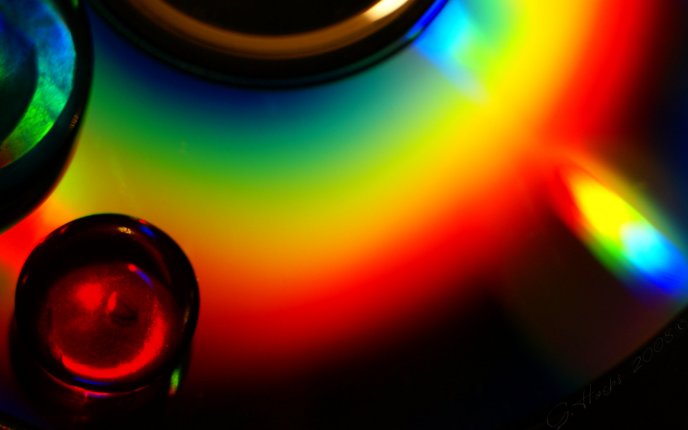n
The posts quickly evolved to topics I found far more practical and hopefully useful to readers in the form of strategies about tasting from my ongoing project, strategies for test anxiety and exam preparation, and the odd post about classical music. In other words, I ended up writing about things that interested me that I hoped would also interest others. Looking at google stats, that seems to have happened. So to you reading this post—and to everyone else who has spent time on the blog—my sincerest thanks. I really appreciate your time, thoughts, and any comments you’ve sent along the way.
Most of the content found in the blog is about tasting wine. That’s simply because I’m convinced tasting is one of the most remarkable—and complex—sensory experiences there is. The good news is that anyone can take part in it, learn, and easily enjoy it. I’m further convinced that the most useful and profound strategies for tasting don’t come from the masses—they come from top professionals. These strategies of excellence usually involve a sequence that’s derived from internal extensions of our five senses. Find the right internal sequence and you have a strategy that can make profound changes–and make them quickly. These sequences are rarely complicated and usually a straightforward series of steps. The topic of this post is a perfect example.
Dealing with a Dominant Aroma in the Glass
Last fall I taught a tasting class at the Napa Valley Wine Academy. A few days later I received an email from one of the students in the class asking what to do about an apparent dilemma. It seems that when smelling a Barossa Shiraz we had used in one of the flights he couldn’t get past the intense mint and eucalyptus aromas in the wine to be able to pick out anything else. This is a common problem for students—even professionals; when something in the wine dominates to such an extent it becomes difficult to find anything else in the glass. Or the taster is so hyper-sensitive to one aspect of the wine she or he can’t pick out anything else. Here is my strategy for dealing with this kind of challenge.
*Disclaimer: If you are new to the blog and haven’t read previous strategies on tasting or submodalities, I strongly recommend the following set up steps. Otherwise, the main strategy below might seem completely Martian.
The Set Up:
1. First, go inside and think about one of your favorite smell memories. It could be the spices in mulled wine at the holidays, just-baked bread, or coffee roasting. One of my favorite olfactory memories is walking through the spice market in Istanbul with all the incredible exotic aromas.
2. Once you’ve got your memory become aware of your visual representation of it. The form will be either a still image or a movie if it’s a powerful memory. My memory of the spice market is an extended movie of the experience and I’m seeing the market out of my eyes as if I’m actually walking through it.
Make the visual connection to your memory. You’re going to need it.
3. Now consider the following common aromas in wine: lemon, green apple, cinnamon, and vanilla. Once again, note the images you use to bring up memories of these aromatics. To overstate the obvious, all are your life memories for lemon, apple, etc. Got it? Good. Now it’s time for the strategy.
If you’re having trouble with a dominant aroma in a wine like the mint/eucalyptus in the Shiraz mentioned above, try the following:
1. First, make sure you can easily create strong visual–olfactory connections to things you smell in the glass just like the quick exercise above.
2. Next, take that dominant aroma and bring the image front and center in your internal field as you smell the wine. I’m going to use the mint/eucalyptus as an example.
3. Now play with some simple submodalities (structural qualities of the image):
a. Movie vs. still image: if your representation of mint/eucalyptus is a movie, freeze it and make it a still image. Now smell the wine again and see if you can pick out other aromatics.
Reset the image of mint/eucalyptus to whatever is was previously.
b. Color vs. black and white: if the image or movie of the mint/eucalyptus is in color (and it probably is), make it black and white. Smell the wine again and you’ll quickly note that your perception of the wine has changed and you can probably pick out other aromas that weren’t as noticeable as before.
Reset the image of mint/eucalyptus again.
c. Dimensionality: if the image of mint/eucalyptus is in 3D (again, it probably is), make it flat like a photograph. Smell the wine again and see if you can note other aromas.
Reset the image of mint/eucalyptus again.
d. Size: try taking the picture of mint/eucalyptus and push it away a great distance making the image tiny. Again, your perception of the wine will probably change as a result.
Reset the image of mint/eucalyptus again.
e. Proximity: finally, take the image of mint/eucalyptus and move it way off to one side or behind you. Smell the wine again and note the difference.
f. Final reset: you can always put the image of the dominant aroma back the way it originally was—or you can alter it however you want. It’s your choice.
If you stop and think for a moment, there are any number of possibilities here for not only building sensitivity to any aroma, but for installing smell memories as well.
Explore and have fun with it!
nn

